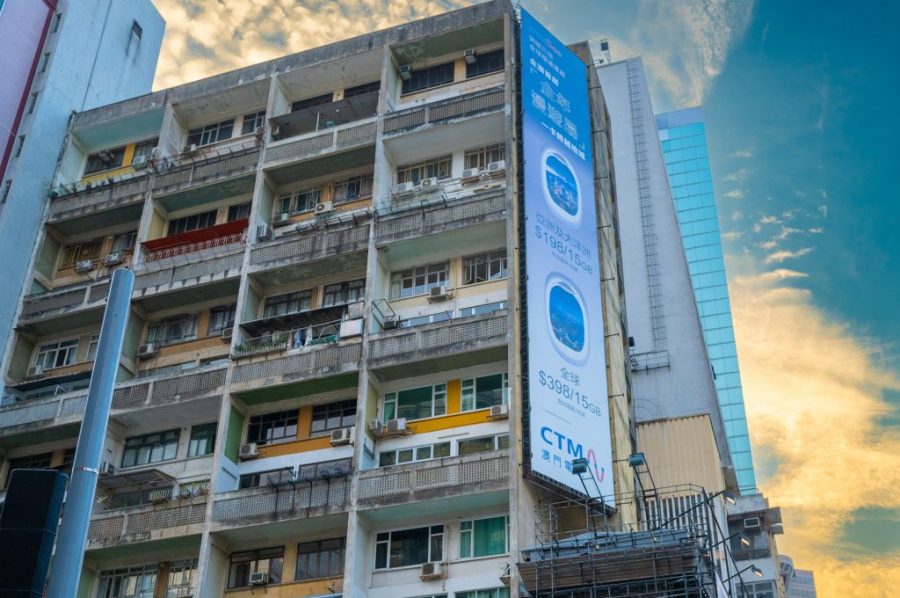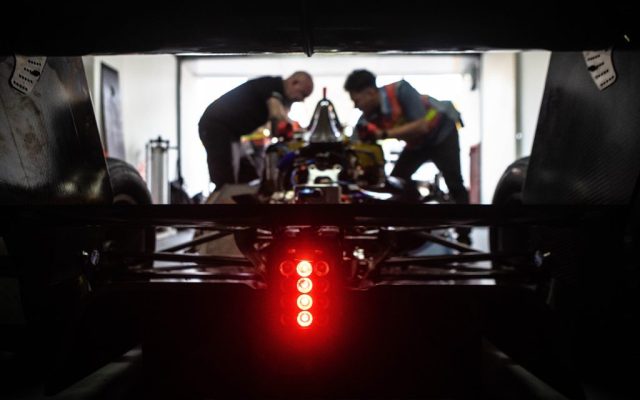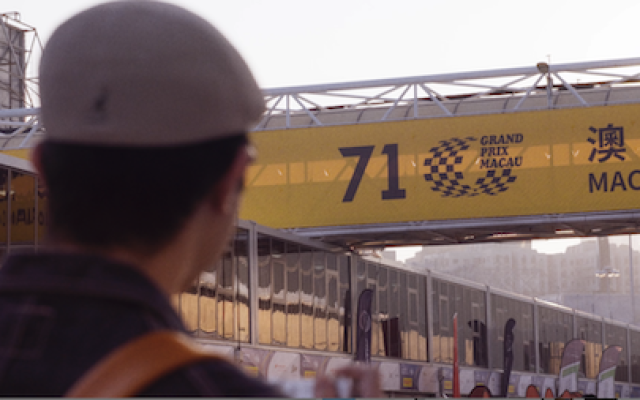Much has been written about Macao’s architecture, but the guidebooks and travel blogs tend to dwell on the very historical or the ultra modern.
Of the former, think of the gorgeous Lusitanian edifices scattered around Macao’s Historic Centre, from the ornate yellow colonnades of the Moorish Barracks to the green stucco neo-classicism of the Dom Pedro V Theatre.
For the latter, picture the improbable Cotai skyline, where architectural superstars like the late Zaha Hadid and powerhouse practices such as Kohn Pedersen Fox Associates have pushed the boundaries of engineering in the fulfilment of their futuristic fancies.
Less celebrated is Macao’s collection of buildings from modernism’s golden age – spanning the exuberant art deco of the 1920s to the Corbusier-inspired minimalism of the 1930s and the chunky, concrete brutalism of the 1950s and beyond. While not to everyone’s taste, the streamlined architecture style – known for its functionality and use of everyday materials like steel, glass and concrete – has inspired a global movement, Docomomo International, to raise awareness about modernism and conserve significant buildings.
In Macao, local architect Rui Leão has waged a campaign to increase appreciation for the territory’s modernist heirlooms, and his 100-page Macau Modern Architecture Walking Guide highlights 37 of them. Late last year, he called on authorities to preserve the buildings. “If they don’t,” he said at the time, “anyone can very easily say, ‘There is no reason to preserve this building, so let’s just demolish it.’”
Luckily for fans of the architectural style, examples still abound across the city. Some of the more notable structures can be comfortably surveyed in a morning or afternoon walk around the peninsula, so slip on some walking shoes, load up Google Maps, and discover some of Macao’s modernist marvels.
1. The Rainha D Leonor building
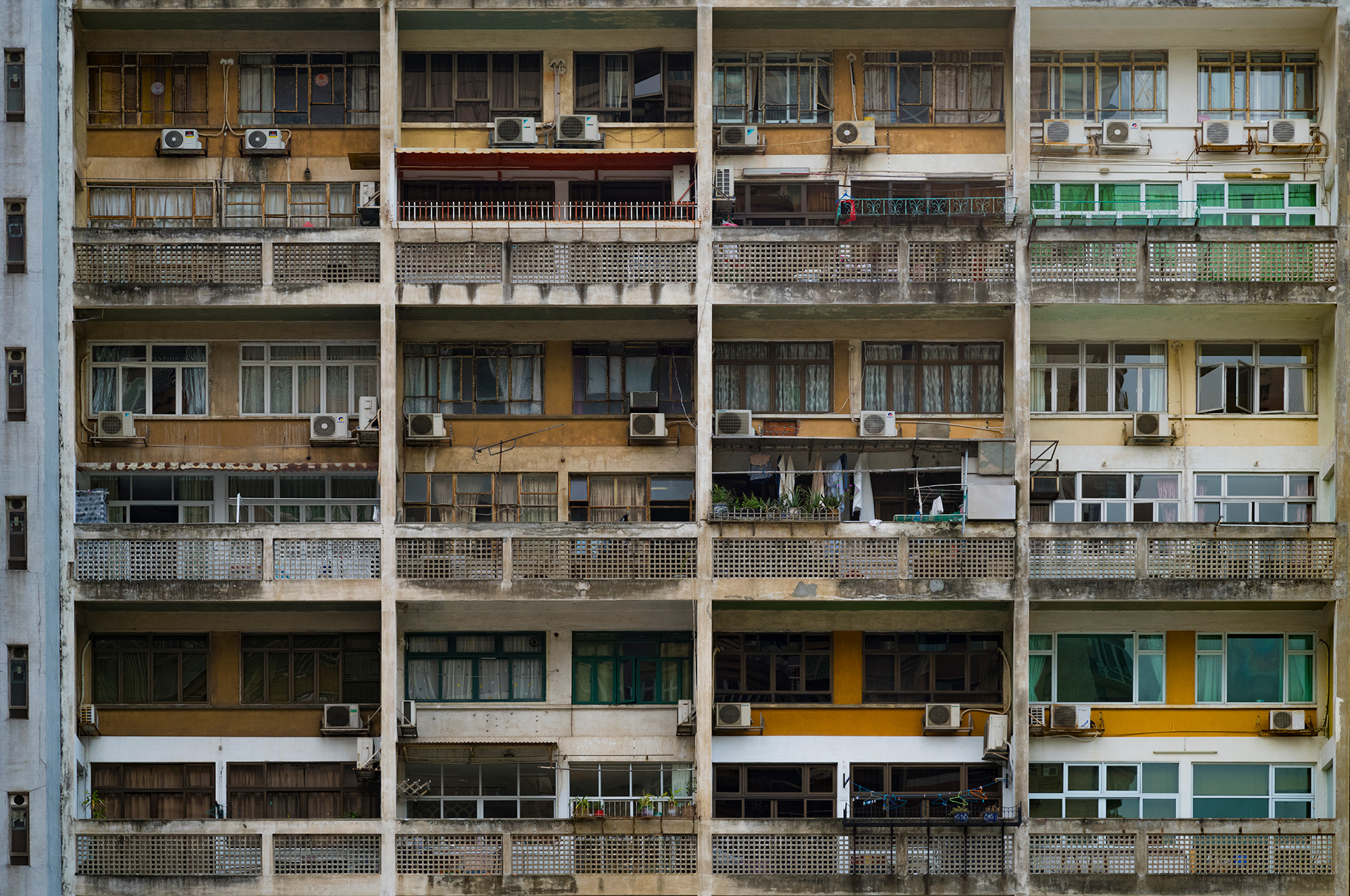
Few people these days on the busy Avenida de Dom João IV – be they motorists in the four lanes of traffic roaring past or pedestrians hurrying along the intricately paved sidewalk – bother to look up at this faded beauty, but it was once a prestigious landmark.
The first high-rise residential building in Macao (and the first to have an elevator), the Rainha D Leonor building was designed by the Macao-born Hong Kong architect (and Olympic sports shooter) José Lei. Its unusual double-height balconies reflect the duplex units inside, and in form, construction and innovation, it is judged to stand “among the best expression of the modernist style in Macao,” according to Docomomo’s Hong Kong chapter.
Ground floor shops have altered the originally elegant canopy, prompting architectural activists to classify it as “under threat” – all the more reason to see it for yourself. Find it sandwiched between two other modernist classics: the Hotel Sintra and the Pacapio building, the latter built in 1964 by Macao’s most-celebrated architect, the late Manuel Vicente.
2. Macau Portuguese School

As they yawn and labour through their lessons, it is quite probable that the children of this institution have never once considered that they inhabit a manifestation “of both the paradigm of modernism and its re-discovery of the East as a purifying journey.”
But such is the assessment of this Brutalist building, located diagonally opposite the Rainha D Leonor apartment block. Writing on the architectural website UrbanNext Lexicon, Leão hailed its designer Raul Chorão Ramalho, as “an essential Portuguese architect, with built work in Brazil, Portugal, the Azores, Madeira and Macao” and praised the building’s “complex transitional spaces” and “foundation of a scholarly discourse.” Leão successfully organised a petition in 2007 to stave off the building’s sale and likely demolition, which means you can still admire the exterior on Av. do Infante Dom Henrique.
3. Hotel Lisboa
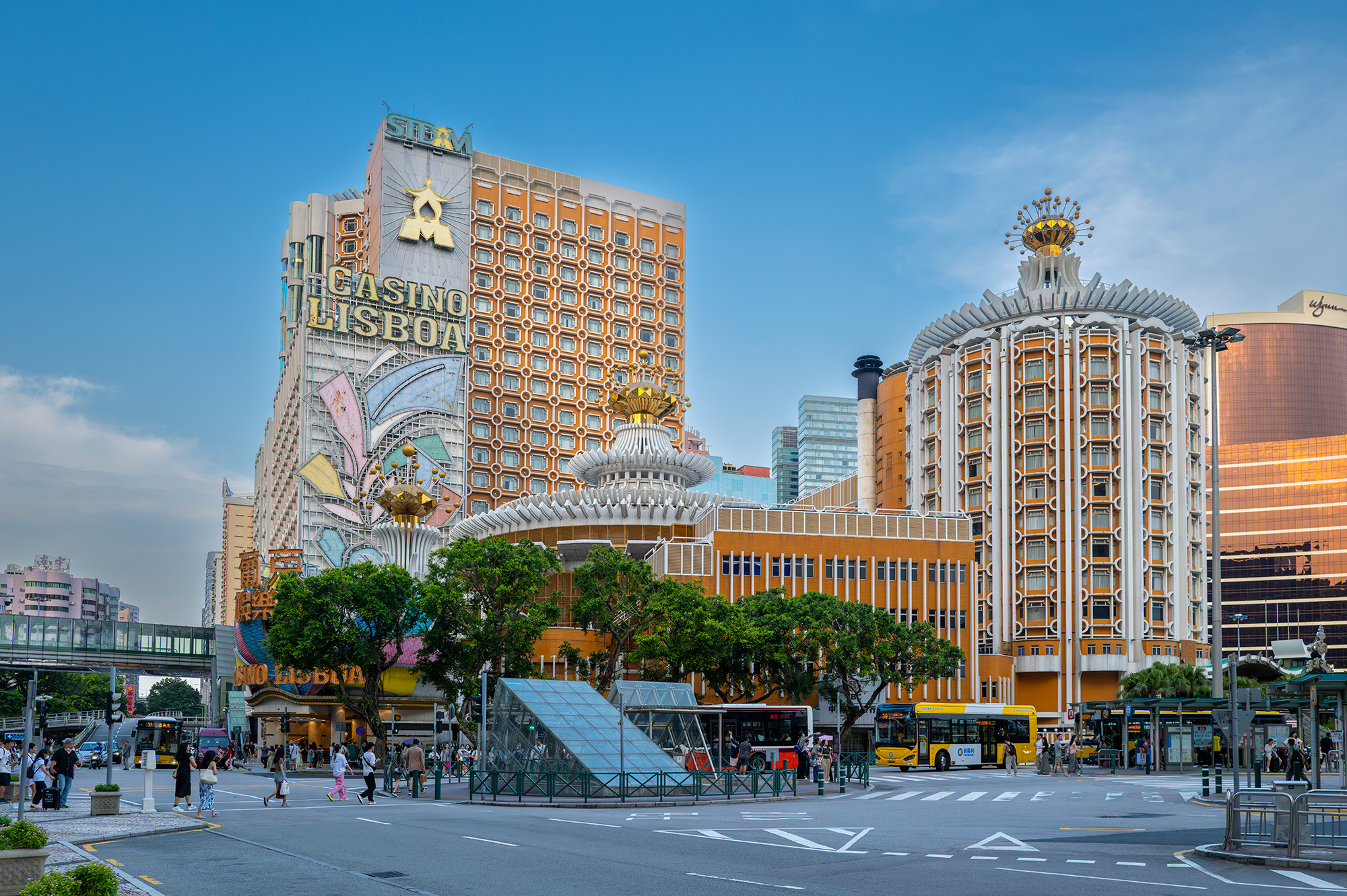
Doubling back from the school will bring you to the exuberant orange spectacle of the Hotel Lisboa on Avenida da República, home to nearly 1,000 rooms, five restaurants, and an array of art pieces from the late Stanley Ho’s private collection.
Designed by the Hong Kong Eurasian architect (and dashing “gentleman jockey”) Eric Cumine, the hotel was apocryphally said to be the result of the brief given to Cumine to incorporate every architectural style in the world. In its lavish architectural borrowings and quotations, it’s almost a precursor to postmodernism.
Given its unusual aesthetic, the building had plenty of detractors when it opened in 1970. In an interview in 2020, Macanese architect José Maneiras shared a recollection: “You would come to Penha, look at the Bay and see a monster there, which visually almost competed with the Guia hill.” These days, of course, the one-time monster looks positively low-rise and charming amid the skyscrapers of downtown Macao.
4. Lilau Square
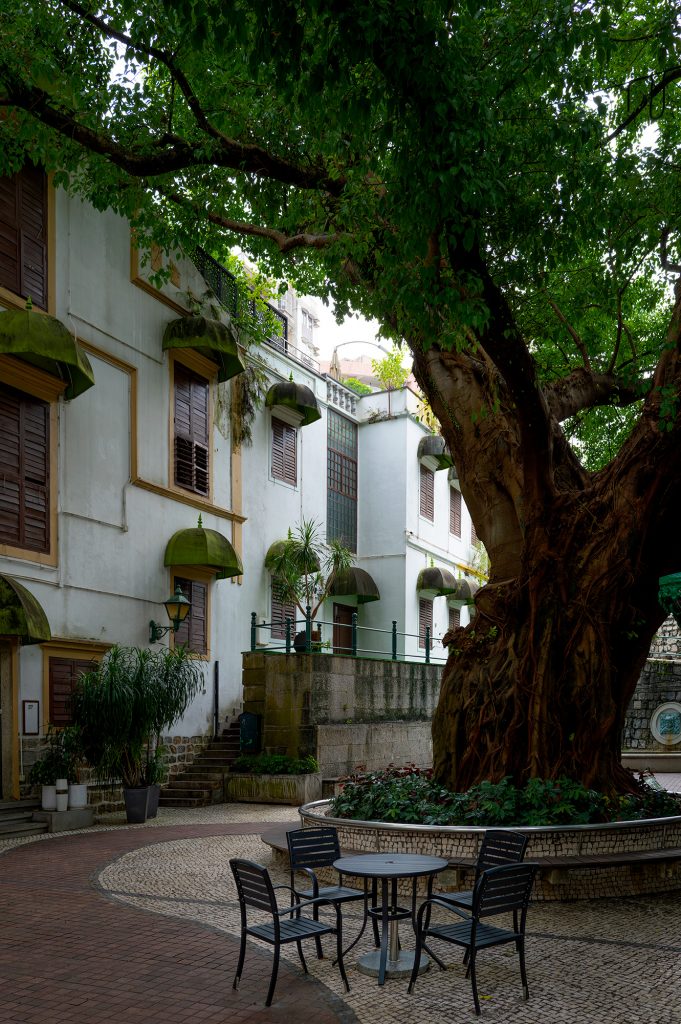
A 20-minute walk west of Hotel Lisboa brings you to one of Macao’s loveliest corners. It isn’t one single element that makes Lilau Square magical but the totality of the experience.
An inviting, giant tree in the centre draws birds and neighbourhood residents to its shade at all times of the day. Elderly residents gossip at tables over drinks bought at the kiosk. There’s history here: the area lured some of the earliest Portuguese settlers in Macao with its fresh springwater (a fountain bubbles away in the corner of the square to this day). There’s even a saying: “One who drinks from Lilau never forgets Macao.”
Fans of modernist architecture will be delighted by the residential villas lining one side of the square. At first glance, they appear art deco-inspired but feature geometric, almost futurist motifs suggestive of a later moment in architectural history. The residences are now uninhabited but continue to offer what the Cultural Affairs Bureau describes as a “fusion of Western and Chinese urban and architectural concepts.”
5. Cinema Alegria
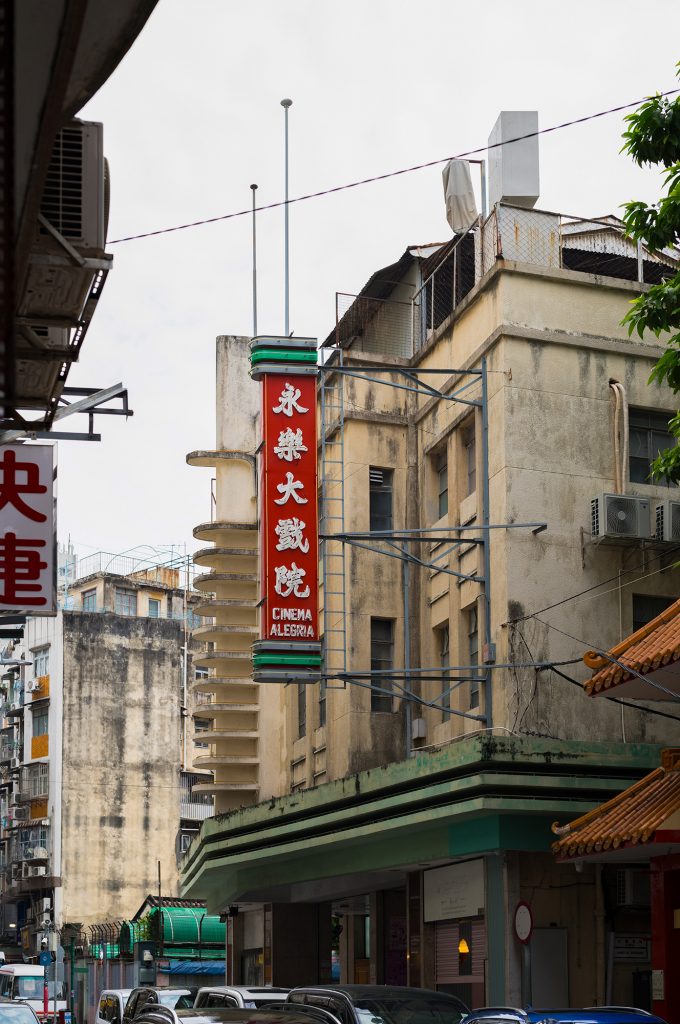
A half-hour’s walk north of Lilau – on a route that will take you past Senado Square, the Monte Fort and the Ruins of St Paul’s – leads you to this mid-century modern gem (known as the Wing Lok Cinema in Cantonese). The three-storey cinema opened in 1952 and was reportedly a hotbed of Marxism, screening movies from the USSR, China and North Korea. It soon added a stage and began putting on variety shows.
Today it survives as the oldest cinema in Macao, used for both movie screenings and events. The relatively compact art deco facade – distinguished by a slim tower decorated with curved adornments – belies its roomy interior and capacity for about 1,000 moviegoers.

